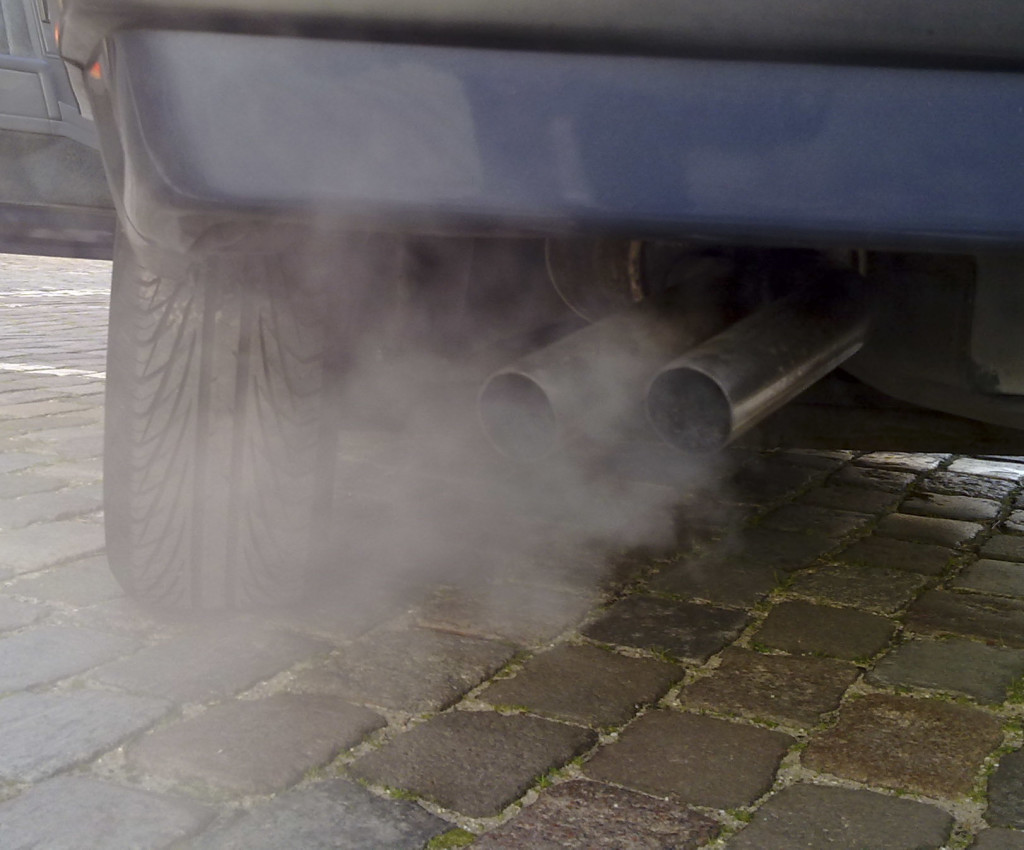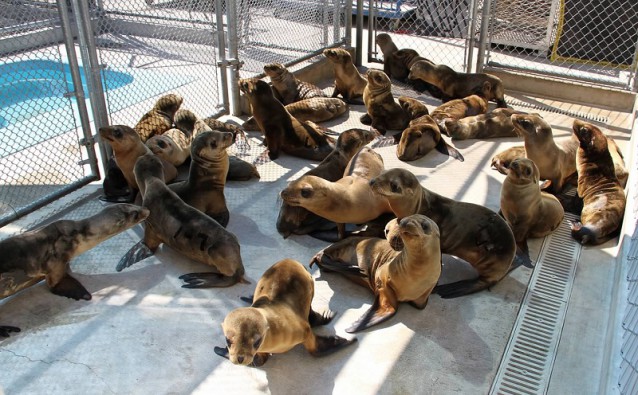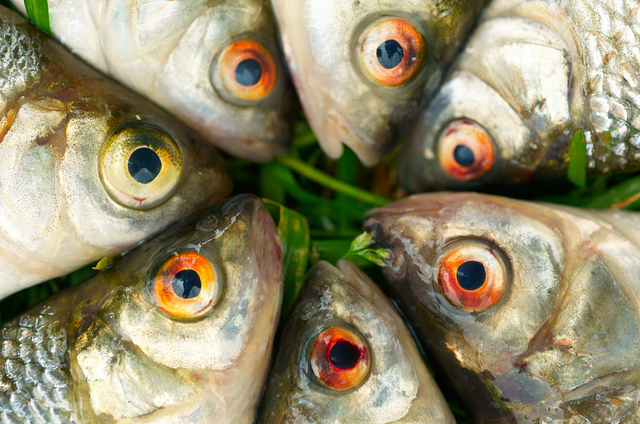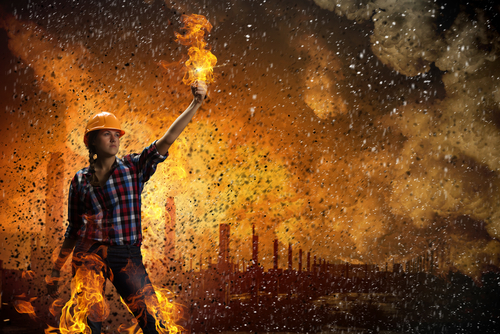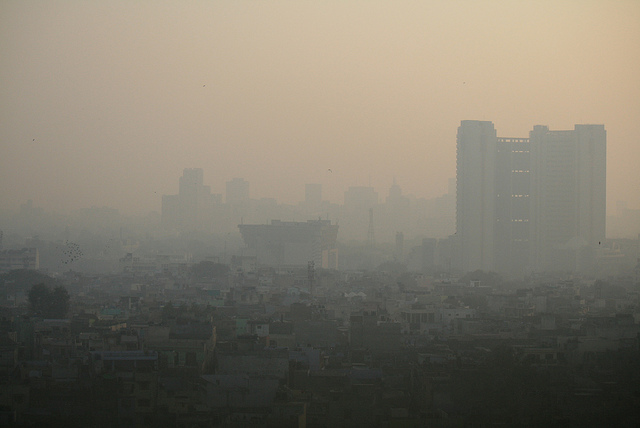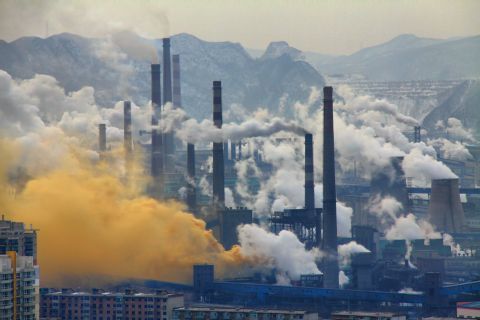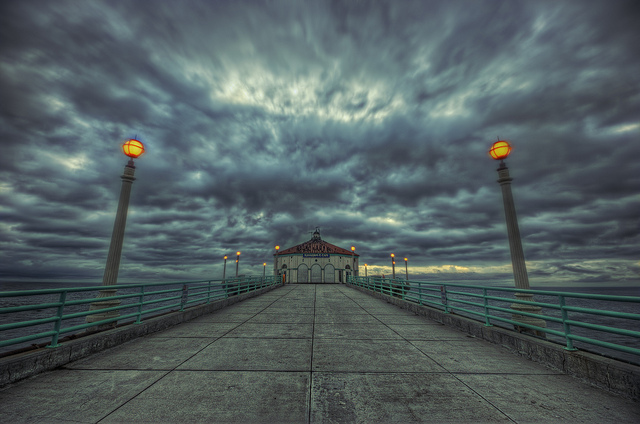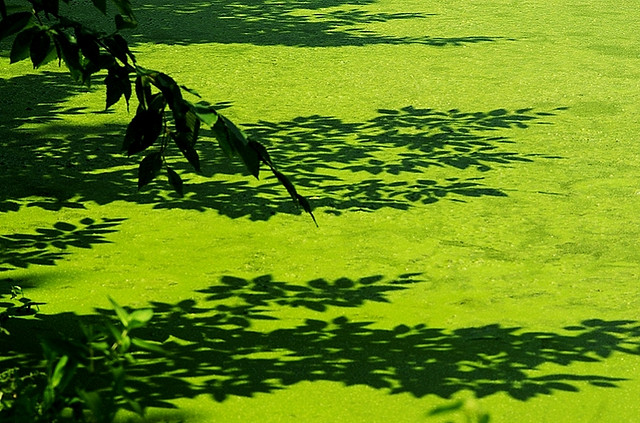Podcast: Play in new window | Download
Subscribe: RSS
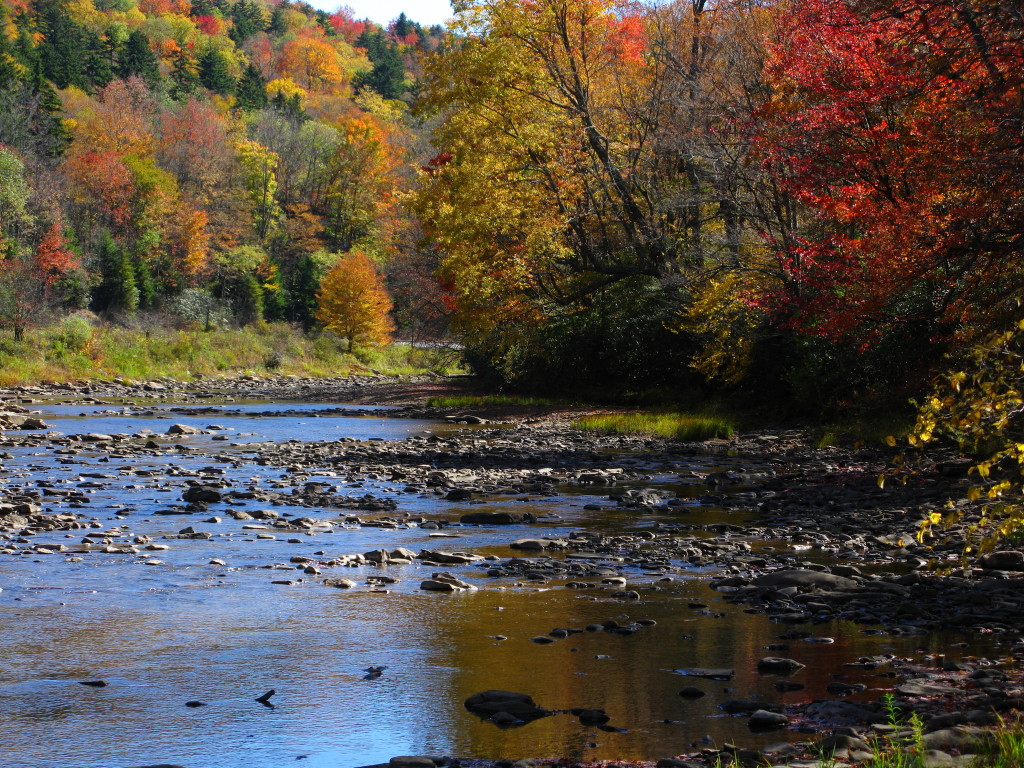
We look at the fall forest — here at Shavers Fork, West Virginia — but we do not see the falling trees. (Wikipedia Photo)
Every day, most of us look directly at one of the worst manifestations of global industrial pollution — only one of which is climate change — and yet we do not see it. Especially this time of year, we stare at it, take trips to see even more of it, and marvel to each other about how “gorgeous” it is. We look at the colors of the forest, but we do not see the sickness of the trees. Let me warn you: once you do see, you cannot unsee, although you will wish most fervently that you could. Continue reading
